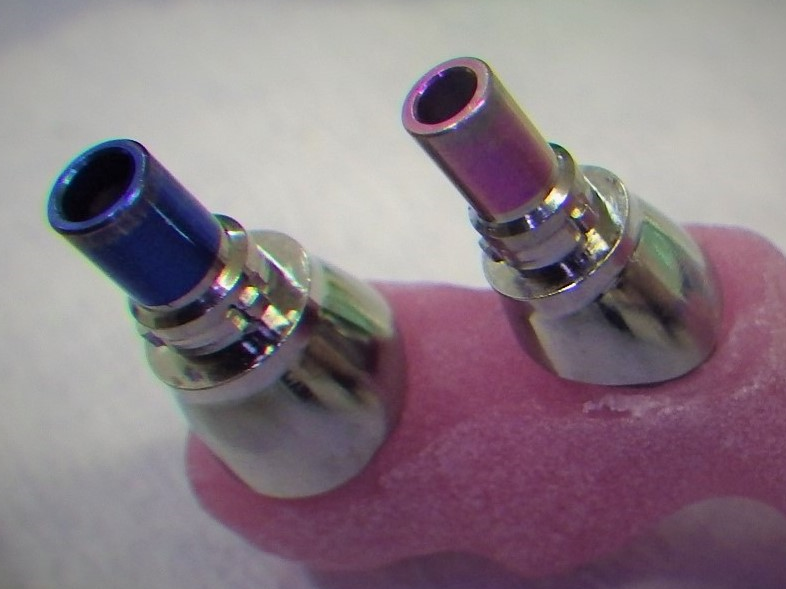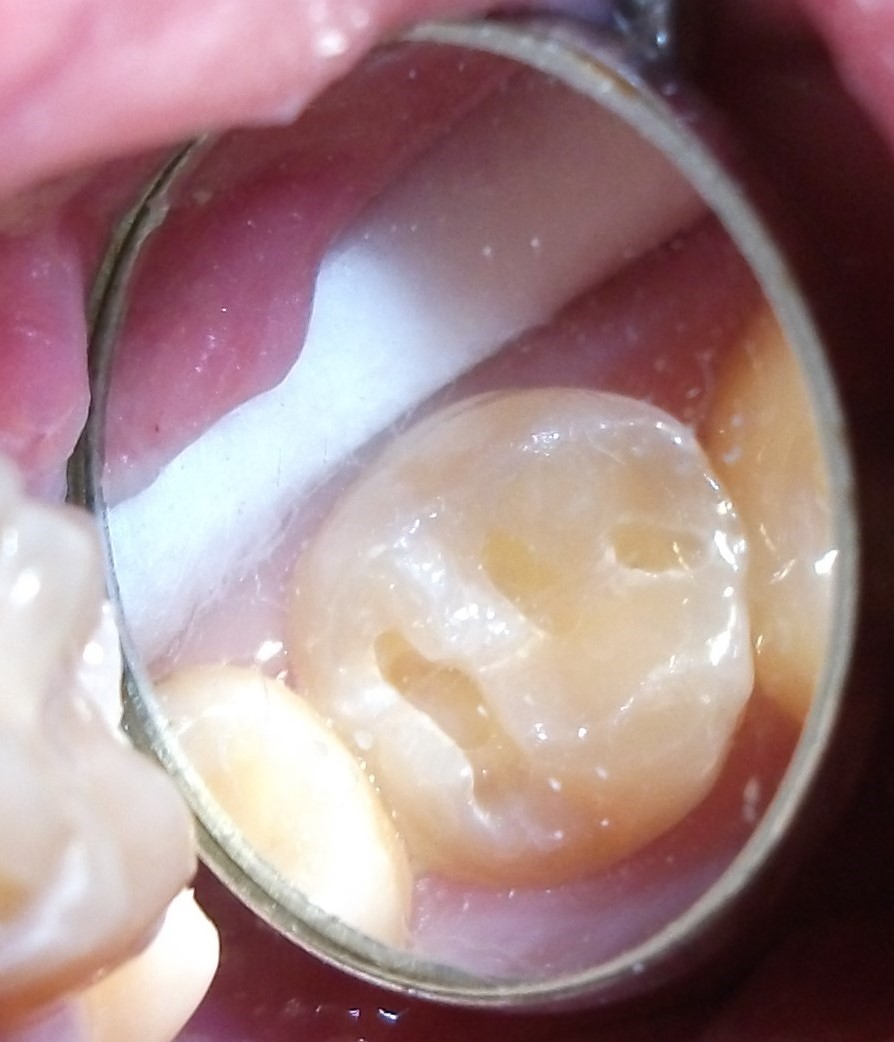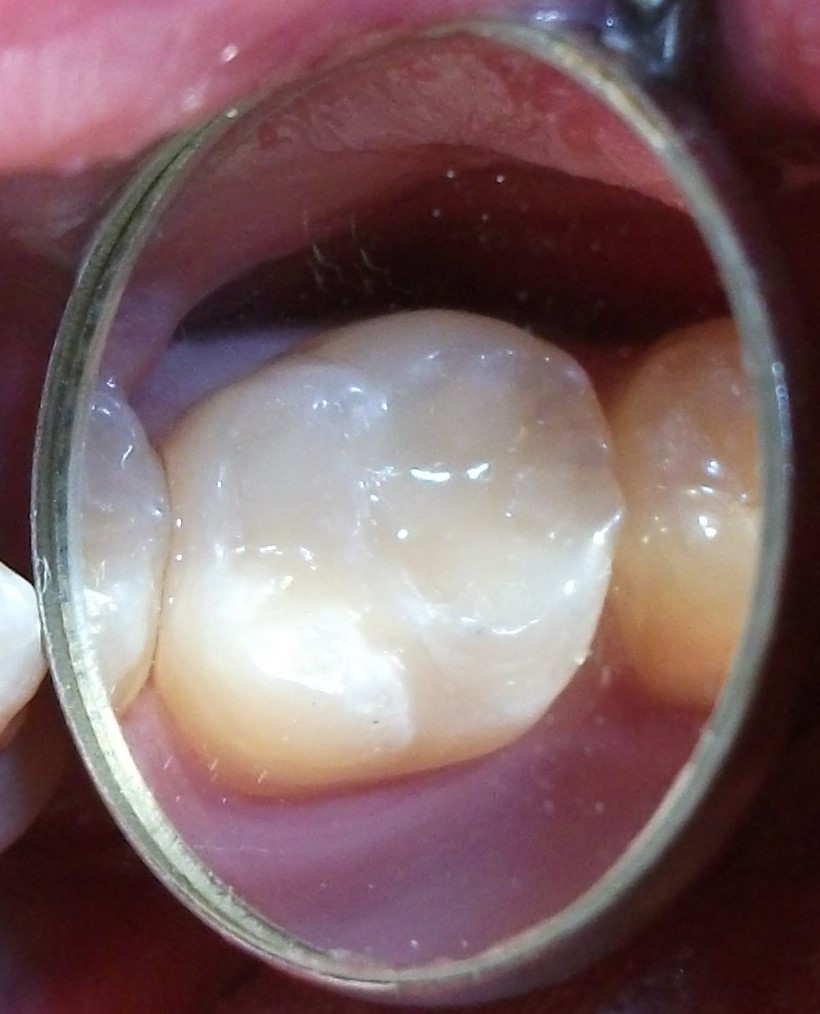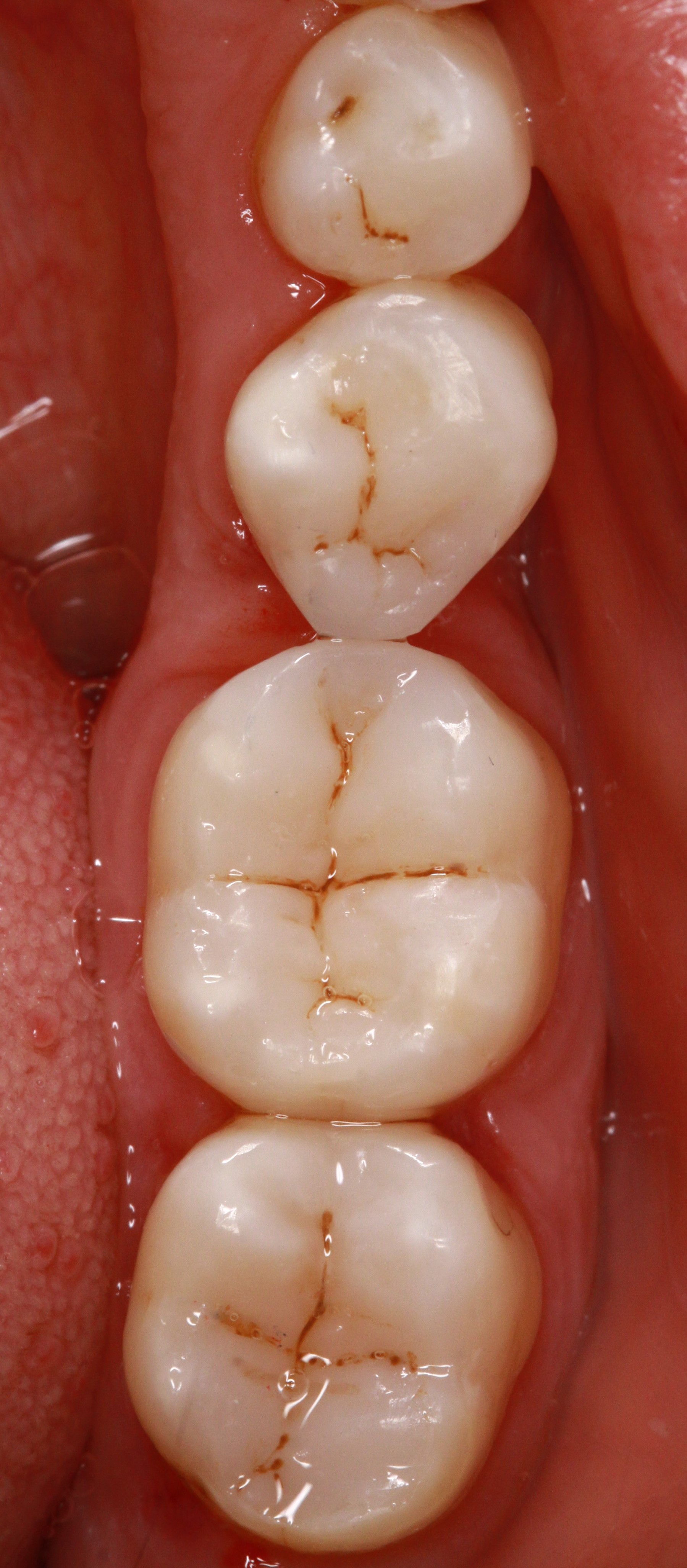Abutments
Abutments
With two-part implant systems the implant replaces the root of a missing tooth. A titanium, precious metal alloy or zirconium oxide abutment (also implant abutment) is used as a core (also secondary unit). It is fitted in, on and/or around the implant.
Abutments are differentiated into different types depending on the function, e.g. definitive shapes of provisional abutments used to connect the implant with the superstructure. Abutments can copy the shape of a prepared tooth and/or incorporate a component of a connector (e.g. telescope crowns, press-stud systems, ball and socket units, bars, magnets). In these cases the superstructure envelops the respective complementary components.
 Two tube-in-tube abutments
Two tube-in-tube abutments
The contact area between abutment and implant is also called the interface.
Though previously the diameter of the fitting surface of abutments was always the same as that of the implant platform, modern abutments are often smaller in this area. This so-called platform-switching is intended to result in improved bone preservation.
To avoid wear, stress peaks, leverage, loosening and material fatigue or even fracture, movements of abutment and implant against each other must be prevented. To ensure this, a precision fit must be achieved, i.e. as gap-free a three-dimensional fit as possible. Mainly two types of fit have become established: inner conical connection or cylindrical/parallel-walled tube-in-tube connection, each with additional interlocking slot and key to provide rotational security.
Rotationally secure conical abutments
Friction fit is achieved by pressing together the surfaces in contact (producing friction), seldom without the use of screws (using cold welding) and usually with a fixation screw tensioned to a defined torque. The torque is optimised so that on the one hand, wherever possible the screw, and consequently the abutment, cannot loosen and on the other hand the screw cannot fracture. Screw connections cause gaps, which can be colonised by bacteria. Special gels, which can be applied to the inside of the implant, are available for providing long-term disinfection.
Angled abutments are used to compensate for divergences of the axes of different abutments, i.e. achieve parallelisation to attain a common path of insertion. The number of possible positions of such non-rotationally symmetric abutments is determined according to the number of corners with rotationally secure polygon fits (e.g. triangular, hexagonal or octagonal). Having two types of angulation ("over the edge" and "over the corner" respectively), provides for twice as many positions as corners in total.
Prefabricated standard abutments can be fitted unaltered or modified (customised), e.g. clinically by preparation intraorally or by milling, casting-on, veneering in the laboratory. Customised abutments can also be fabricated – in particular using modern CAD/CAM procedures.
To avoid inaccessible excess cement, which could result in peri-implantitis and implant failure, the margins of cemented superstructures should always finish in the gingival region. This can be achieved by incorporating an appropriate metal collar to the correct height on the abutment – particularly with bone level implant platforms.
Impression-taking and transferring of intraoral positions can be performed at implant level (without abutment) or at abutment level (with fitted abutment). Laboratory analogues are available for specific situations in the latter case.
Want to give it a try ...
... or need professional advice?
Get in touch with us or click Contact.
Word of the day
| English | German |
|---|---|
| transfer device | Übertragungshilfe |
Focus text of the month
Composites also composite (from the Latin componere = to compose) are tooth-coloured filling materials with plastic properties used in dental treatment. In lay terms they are often referred to as plastic fillings, also erroneously sometimes confused with ceramic… Composites also composite (from the Latin componere = to compose) are tooth-coloured filling materials with plastic properties used in dental treatment. In lay terms they are often referred to as plastic fillings, also erroneously sometimes confused with ceramic fillings due to their tooth colour. After being placed in a cavity they cure chemically or by irradiating with light or a combination of the two (dual-curing). Nowadays, composites are also used as luting materials. The working time can be regulated with light-curing systems, which is a great advantage both when placing fillings and during adhesive luting of restorations. Dual-curing luting materials are paste/paste systems with chemical and photosensitive initiators, which enable adequate curing, even in areas in which light curing is not guaranteed or controllable. Composites were manufactured in 1962 by mixing dimethacrylate (epoxy resin and methacrylic acid) with silanized quartz powder (Bowen 1963). Due to their characteristics (aesthetics and advantages of the adhesive technique) composite restorations are now used instead of amalgam fillings.
The material consists of three constituents: the resin matrix (organic component), the fillers (inorganic component) and the composite phase. The resin matrix mainly consists of Bis-GMA (bisphenol-A-glycidyldimethacrylate). As Bis-GMA is highly viscous, it is mixed in a different composition with shorter-chain monomers such as, e.g. TEGDMA (triethylene glycol dimethacrylate). The lower the proportion of Bis-GMA and the higher the proportion of TEGDMA, the higher the polymerisation shrinkage (Gonçalves et al. 2008). The use of Bis-GMA with TEGDMA increases the tensile strength but reduces the flexural strength (Asmussen & Peutzfeldt 1998). Monomers can be released from the filling material. Longer light-curing results in a better conversion rate (linking of the individual monomers) and therefore to reduced monomer release (Sideriou & Achilias 2005) The fillers are made of quartz, ceramic and/ or silicon dioxide. An increase in the amount of filler materials results in decreases in polymerisation shrinkage, coefficient of linear expansion and water absorption. In contrast, with an increase in the filler proportion there is a general rise in the compressive and tensile strengths, modulus of elasticity and wear resistance (Kim et al. 2002). The filler content in a composite is also determined by the shape of the fillers.
Composite restorations Conclusion |

 Minimally-invasive preparation and
Minimally-invasive preparation and  indiscernible composite restoration
indiscernible composite restoration